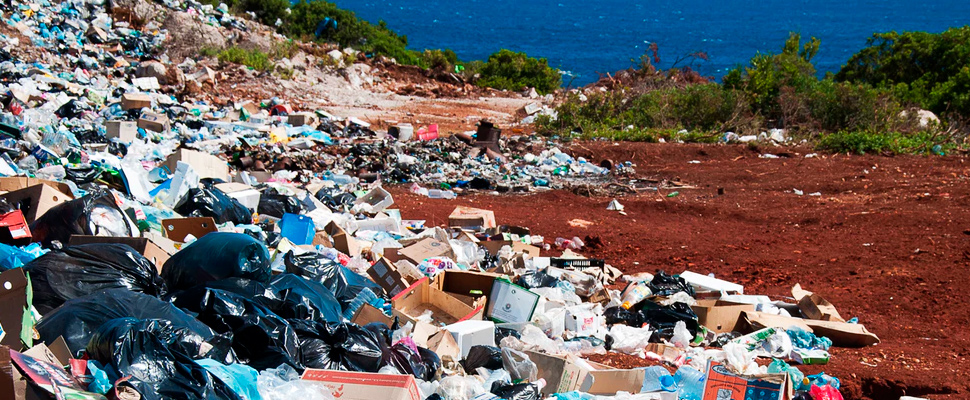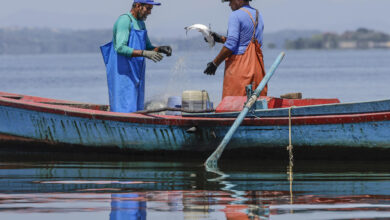Is it possible to live in a world without plastic?
Plastic is a homicide for the environment. For this reason, here are 3 ecological projects that show that it is possible to live without these synthetic products.

Discover the projects that will help you abandon the use of plastic. / Photo: Unsplash
LatinAmerican Post | Julieta Gutiérrez
Escucha este artículo
Leer en español: ¿Es posible vivir en un mundo sin plástico?
Did you know that before 1960 people could live without plastic? That's right, no kidding. Before the “era of plastic” arrived, society at that time used aluminum or glass containers to pack delicious yogurts, milk or even soda. The cereals and grains were stored in cloth bags, of those that appear in old films. For foods such as fruits, fish, meat or chicken, the solution was very simple, since they were wrapped in newspaper or brown paper. And the eggs had their own wire basket.
However, today plastic products are everywhere. In supermarkets, in clothing stores, in businesses, homes, colleges or universities, on the streets, and in the oceans. That's right, on the streets and in the oceans . Have you ever wondered where the wrap of the fried packet you once ate will stop? Or what would happen to the non-returnable bottle of soda you like so much?
Well, the truth is that all those plastic products like the little glasses for the ears, the cigarettes, the grocery bags, the glasses, plates or cutlery; They are designed for single-use and have currently generated millions of tons of garbage. And according to the "UN Environment State Plastic Report," about 300 million tons of plastic waste is produced in just one year.
There is no doubt that, although the Belgian chemist Leo Hendrik, who created in 1907 the first plastic element made entirely of chemicals called "Bakelite"; He did not see the magnitude of the environmental crisis that exists today, it is important to mention the innumerable and (in some cases) irremediable damage that plastic has done to planet Earth.
Plastic is a great enemy of the environment
It is no secret to anyone that plastic is the material preferred by large industries, since its excessive and massive manufacturing can be cheaper than some natural products . However, while some try to live in a very comfortable way or they may seek to save money; The cost that nature has to bear is quite high.
Also read: Eco-friendly biodiesel from palm oil?
For the massive destruction, it causes not only on earth but also in water and air is quite worrying. For example, if you have ever seen any type of plastic wrap lying on the floor, did you know that it can take up to 1000 years to decompose? In other words, not even your children's children would live to see how that little plastic degrades. And worst of all, during that time, it would be a continuous source of toxins altering the surrounding ecosystem.
So what can we do about it? If not even recycling programs can mitigate this crisis. And the situation does not improve knowing that, according to the report presented by the World Economic Forum, plastic manufacturing is expected to double over the next 20 years.
For this reason, in LatinAmerican Post we want to share 3 ecological projects that are undoubtedly causing a revolution for the environment, in order to protect life, ecosystems and build new consciences that care for the world in which we live.
1. A bag made of starch that feeds the fish
Did you know that there are currently 5 giant garbage islands around the world? All this waste infection greatly damages thousands of marine species, and that many animals have been entangled with these plastics or even many of them have confused them with food causing their death.
For this huge problem, an ingenious biologist and entrepreneur named Kevin Kumala, used the same process used to make bags, but with the helpful difference of using cassava starch that can be transformed into compost in less than 100 days. So, if at any time one of these bags accidentally falls into the sea, they can feed them instead of killing the fish.
2. Dishes that save the ecosystem
Imagine that after having enjoyed a meeting with your friends, instead of throwing away the dishes you used; you throw them on a pot or an orchard to contribute to the development of a plant. So is! This great idea designed by two Colombians, Claudia Barona, and Andrés Benavides, is being of great help to the environment.
These dishes that are made with natural fiber, extracted mostly from the crown of the pineapple and with more than 60 different types of seeds, not only serve to support food; it is also possible to plant the dish, so that with the days it can sprout paprika, tomato, parsley, coriander or strawberry plants. Even if you are not interested in growing your dish, getting rid of it will biodegrade in about three weeks.
After using Lifepack plates, just plant them and watch them grow! pic.twitter.com/hS6oGweGkd
— Lifepack (@lifepack_) July 11, 2016
Read also: How countries respond to weather change
3. Giant fish on the beaches of Mexico
Although there are different campaigns for tourists or residents not to leave trash on the beaches, many people still see the sand or the sea as a huge trash can. It is for this reason that, in some Mexican beaches such as Miramar, Kino Bay, Veracruz or Papagayo Beach; huge fish-shaped containers designed to store up to a ton of plastic waste have been installed.
So the next time you travel to one of these beaches in Mexico, you can support reducing marine pollution with the help of these huge fish that are willing to receive all kinds of plastic containers.




